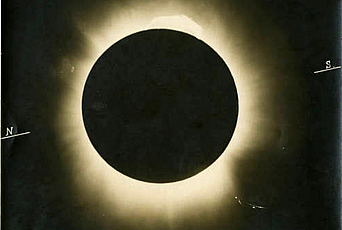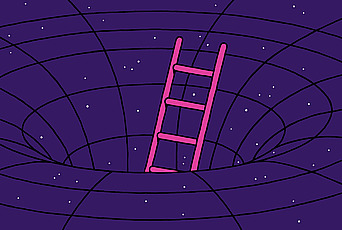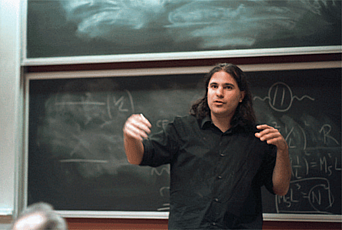“It’s not obvious where this is going. Maybe it will be something spectacular. Maybe it will just be a curiosity. We don’t know. But it’s something. And it’s a beautiful something.”—Nima Arkani-Hamed

“The entire drama of twentieth-century physics has been learning how to combine the rules of quantum mechanics and the rules of relativity at the same time,” says Arkani-Hamed. “While we have found various ways of making these principles work together, we realize we don’t understand very deeply what it is we are dealing with yet. This is tied to one of our deepest challenges in the twenty-first century: what are the building blocks out of which spacetime emerges?”
Arkani-Hamed developed the amplituhedron after conversations with Robert MacPherson and Pierre Deligne, Professors in the School of Mathematics, which connected a scattering process for particles to a mathematical structure known as the positive Grassmannian (figure 1), from a 2012 paper, “Scattering Amplitudes and the Positive Grassmannian,” by Arkani-Hamed et al.).
“This work would have never, in my own particular experience, happened anywhere other than the Institute,” says Arkani-Hamed. “I got dragged into it, following my nose. To be at a place where I could walk over and talk to living legends like Pierre and Bob ... once a week for three months, for four or five hours at a time. No one had class to rush off to or a committee meeting or other administrative obligations, making it possible to work intensively and get some serious things done.”



